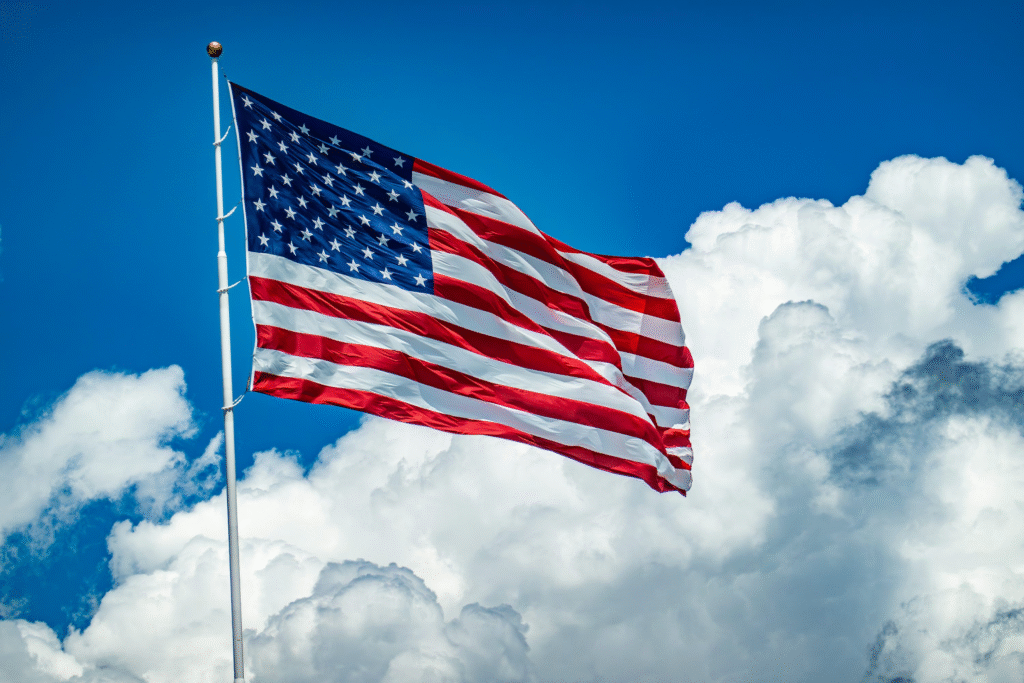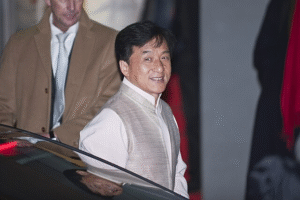The United States and China, the two biggest economies in the world, are once again trying to calm tensions and stop their trade war from growing worse. Top officials from both countries met in Kuala Lumpur, Malaysia, hoping to protect an important upcoming meeting between U.S. President Donald Trump and Chinese President Xi Jinping. The talks took place on the sidelines of the Association of Southeast Asian Nations (ASEAN) summit, where several world leaders gathered to discuss regional and global issues.
A spokesperson from the U.S. Treasury Department described the first day of discussions as “very constructive,” suggesting that the two countries might finally be ready to talk things through rather than fight through tariffs and bans. This hopeful statement brought some relief after weeks of tension, as both countries had announced new trade restrictions that could hurt not just each other, but also the global economy.
The trade relationship between the U.S. and China has been filled with ups and downs for many years. However, things recently became even more heated when President Trump threatened to place 100% tariffs on Chinese goods starting November 1. This move was in response to China’s decision to expand export controls on rare earth magnets and minerals, which are important materials used in products like smartphones, electric cars, and military technology. The U.S. relies heavily on these minerals, so China’s decision was seen as a strong political message.

In retaliation, the United States also expanded its export blacklist to include thousands of additional Chinese firms. This blacklist prevents American companies from selling technology, parts, or services to those Chinese firms. The move caused anger in Beijing, as it affected major industries such as electronics, telecommunications, and renewable energy. These new restrictions from both sides risked undoing the progress made earlier in the year when officials worked hard to create a fragile trade truce.
U.S. Treasury Secretary Scott Bessent and U.S. Trade Representative Jamieson Greer had previously met Chinese Vice Premier He Lifeng four times since May to find common ground. They tried to rebuild trust and reduce tensions that have hurt trade and investment between the two countries. However, the sudden announcements of new tariffs and blacklists created fresh challenges. Now, the officials’ meeting in Malaysia is seen as a final effort to keep the situation from getting worse.
Vice Premier He Lifeng, one of China’s most senior economic officials, led the Chinese delegation in Kuala Lumpur. He arrived at the Merdeka 118 tower, the second-tallest building in the world, where the talks were held. He appeared calm and waved to reporters as he entered the building but did not make any public comments. Joining him was Li Chenggang, China’s top trade negotiator, who has been deeply involved in shaping China’s trade policies with the United States. Both officials are seen as experienced and capable of managing tough negotiations.
For the Chinese side, one of the main goals is to make sure that the meeting between President Xi and President Trump happens smoothly next week. They hope that the leaders can speak directly to reduce misunderstandings and possibly agree on steps to cool the ongoing trade fight. A breakdown in talks or a canceled meeting would send a negative signal to markets and investors worldwide, something both nations want to avoid.
The atmosphere in Kuala Lumpur was cautious but hopeful. Reporters outside the summit noted that although both sides looked serious, there was also a sense of quiet determination to make things work. After years of back-and-forth arguments over tariffs, technology bans, and export limits, both nations now seem to realize that endless fighting only harms their own economies and creates instability for everyone else.
The U.S. and China are deeply connected through trade, technology, and finance. Many American companies depend on Chinese manufacturing, while China depends on the U.S. for advanced technology and major export markets. When one side takes harsh trade measures, it quickly affects the other — leading to higher prices, slower growth, and nervous investors. For this reason, the current talks are being watched closely by business leaders, economists, and other governments around the world.
Despite the tensions, there have been small signs of progress. The “very constructive” comment from the U.S. Treasury spokesperson suggests that both sides are sharing ideas rather than accusations. Still, there are major disagreements that remain unresolved. The rare earth minerals issue is one of them. These materials are crucial for high-tech industries, and both countries want to control their supply chains. The other big issue is the U.S. export blacklist, which has become a symbol of the growing distrust between Washington and Beijing.
If the talks fail, the world could face serious economic consequences. New tariffs could make goods more expensive for consumers in both countries. Companies could be forced to move their factories or stop production. Stock markets could fall as investors worry about another wave of economic uncertainty. However, if the talks go well, they could lead to a fresh start for trade cooperation — or at least prevent another major crisis.
For now, both countries seem to agree on one important thing: that their leaders, Trump and Xi, must meet. “Both sides understand the importance of keeping communication open,” said a U.S. official involved in the talks. “We may not solve everything overnight, but talking is always better than fighting.”
China, too, seems to be sending a similar message. People close to the Chinese delegation said their main goal was to “keep the meeting on track” and avoid any sudden policy moves that could anger Washington before the leaders meet. This shows that both sides are trying to maintain a respectful tone, even though deep disagreements remain.
As the talks continue into the weekend, the world will be watching closely. The U.S. and China’s relationship affects everything from global prices to technology production. A peaceful outcome in Kuala Lumpur could restore confidence that the world’s two biggest economies can manage their differences through discussion instead of conflict. But if things fall apart, another round of trade battles could begin, bringing uncertainty to businesses and consumers everywhere.












